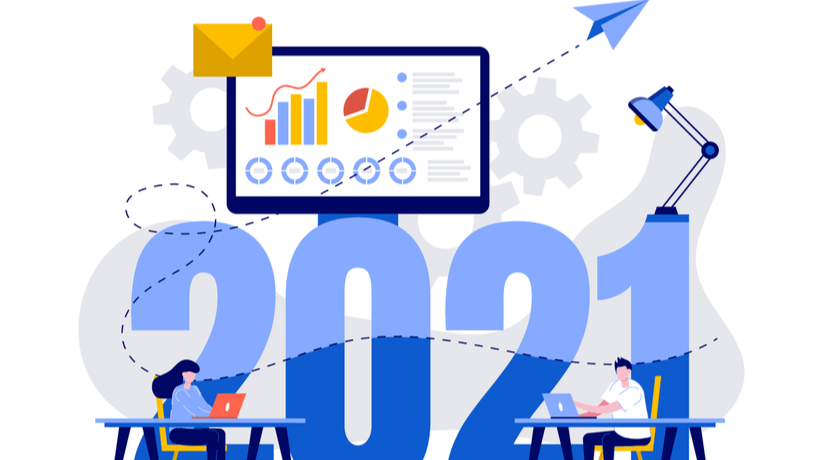Revealing The Benefits Of eLearning For Disabled Students
There are 8 categories in which disabled students are classified according to their disabilities - medical impairment, mental illness, mobility impairment, hearing impairment, learning disability, vision impairment, acquired brain impairment, and intellectual disability. Because certain individuals are physically and mentally challenged, it does not mean that they cannot perform well in the academics or professional life. With the advent of eLearning, education is no longer a laborious work for disabled students.
In fact, disabled students studying online find it more fulfilling and less difficult to get knowledge. While it is difficult for the disabled students to get admission in a conventional education institution, this is not a case when they turn to online learning platforms.
As a matter of fact, many colleges and universities have started conducting online learning platforms. Today, the concept of virtual campuses is evolving rapidly and more disabled students are getting enrolled. Technology is also playing a pivotal role in providing the perfect learning solutions to the disabled students. Nowadays, students choose their own location for schoolwork and study.
Besides, disabled students find it more comforting to study in the online environment as it gives them more time to complete assignments as well as allow them to sit, rest or walk whenever there is a necessity.
There are certain benefits of eLearning for disabled students that they can avail without having any trouble. Some of them deserve a mention here:
1. For Learning Disabilities
Studying online provides the disabled students time and space to work. With eLearning, they can review materials and watch videos lectures as many times as they need. Through the IT systems and softwares, students who have dyslexia or visual processing disorder can manipulate digital text by changing their font style or size which help them in processing the information effectively.
2. For Physical Disabilities
The most obvious benefit for the physically-disabled students is that they stay in their comfort zone without rushing to a campus or commuting between classes to classes. There are integrated technologies for the students who cannot type such as voice-to-text and voice-activated programs.
3. For Visual Impairments
It is easier for visually-impaired students to access their computer to attend the lecture rather than traveling to the campus. The adaptive technologies like braille keyboards or voice-to-text software and audio recordings are provided for their learning.
4. For Hearing Impairments
Students with hearing impairment can use technology to make their life easier. Through eLearning, they can view video lectures with subtitles, which they cannot experience in the classroom. Text being the primary mode of communication with the teachers and other fellow students can be an easier way of interacting through forums and emails.
5. For Psychiatric Disabilities
Such disabled students can work and study in their own comfort zone. As it gets difficult for them to cope up with the situation and anxiety, hence their known surrounding will help them better to learn through eLearning.
For the disabled students, two main factors are beneficial at every level; convince and flexibility. Online learning provides convenient access for the distant learners and it is more flexible than traditional schooling methods.
There is no hassle of traveling because classes can be attended from home, disabled students can easily set up their home office area according to their personal preferences. Being in their own comfort zone, it will make easier for them to progress more.
Apart from convenience, eLearning provides students some flexibility that is not available in the F2F delivery format. Online courses are developed with Universal Designed Learning (UDL) standards. By this, information of the course is presented in multiple ways.
For example, a reading assignment available in regular text is also available as an audio file. This will automatically give students the flexibility to read or head the information and to review it often as they need.
Online courses depend more on interactive studies like visuals, graphics, and closed-captioned videos. They are known as a great leveler. Such studies allow students to choose and share what they want to show. Such programs and studies maintain the anonymity about their disability as well. This way all the learners work together towards a common goal of learning and pursuing careers in different fields.
Wrapping Up…
As technology is in everyone’s hand in the form of computers, laptop, phone or tablet, attending classes online is far better than commuting to college or universities. The technology that is used for eLearning allows auditory and visual aspects to be accessible to all learners.
It is also noted that adult disabled students prefer online environment better than the traditional format. Being convenient, flexible and accessible to all the disabled students, eLearning is the most appealing way of encouraging and persuading such students to develop and polish their skills.
In the 21st century, the acceptance of disabilities needs to be promoted among teaching and professional staff and accessibility guidelines need to be developed according to the needs of students, based upon their real-life experiences. Disability is no more a problem as there are many tools, teaching methods and design standards that make everything accessible to the disabled.









